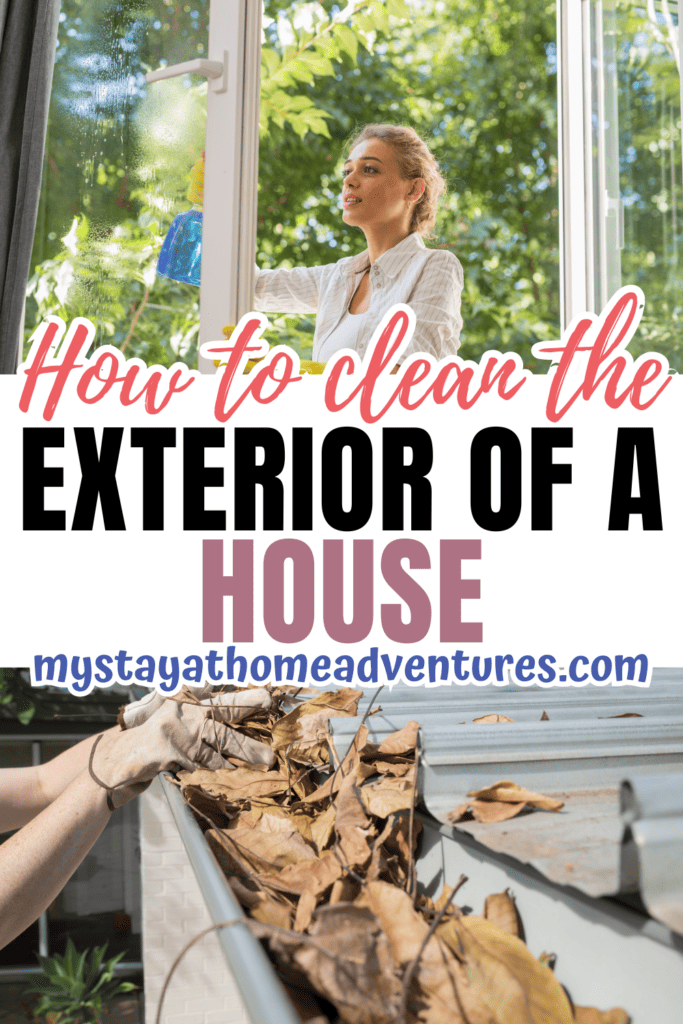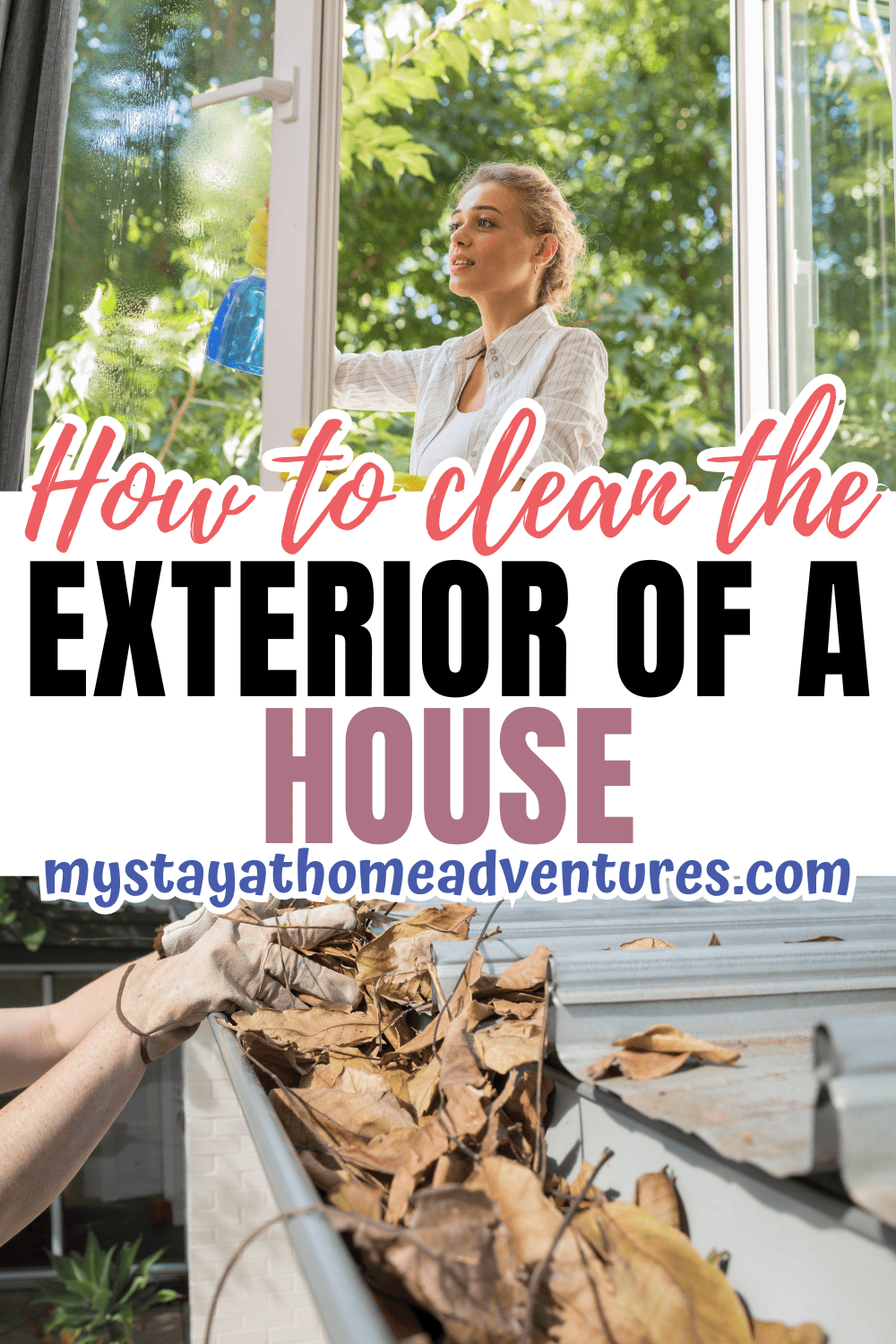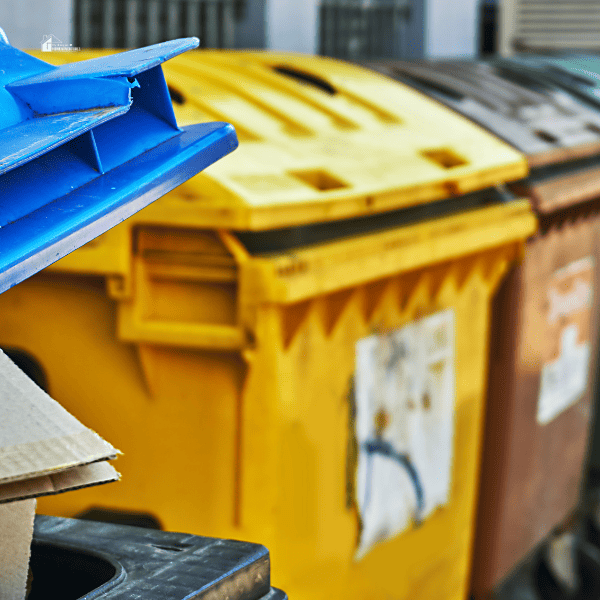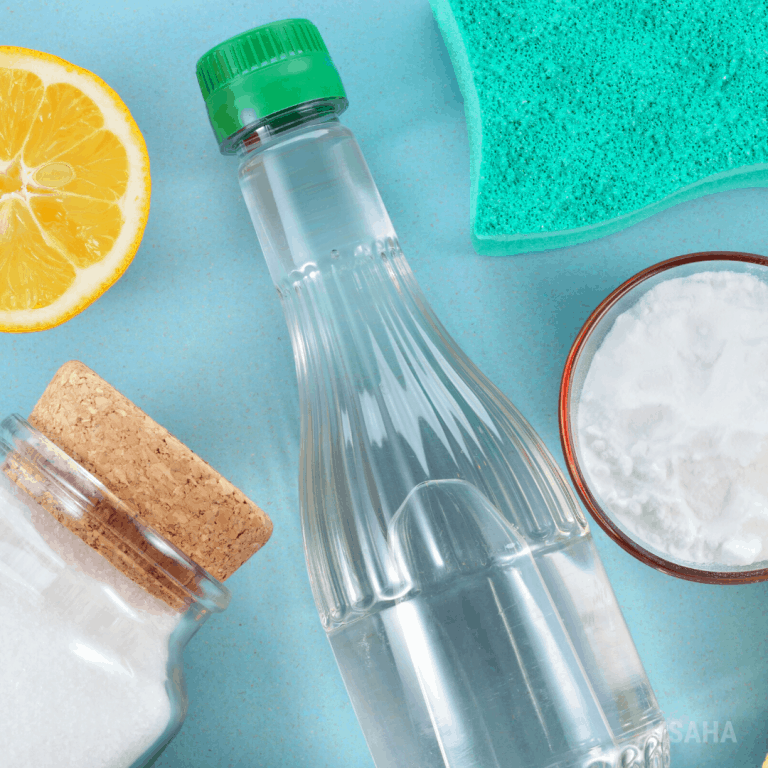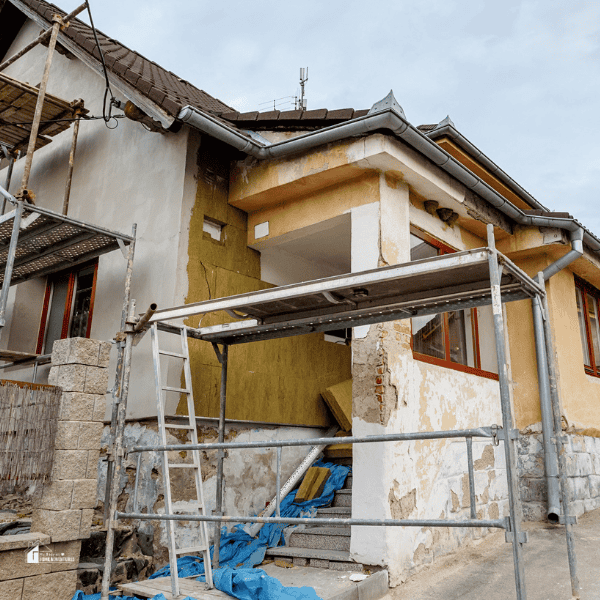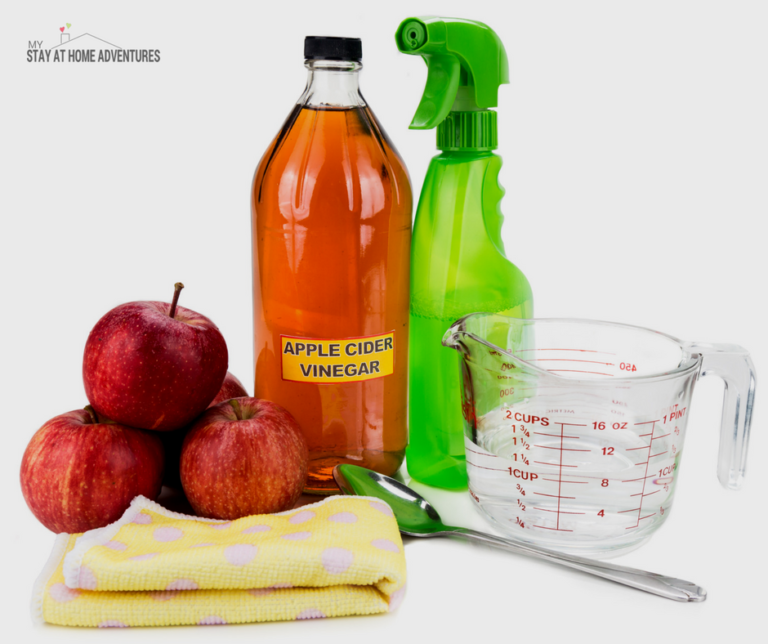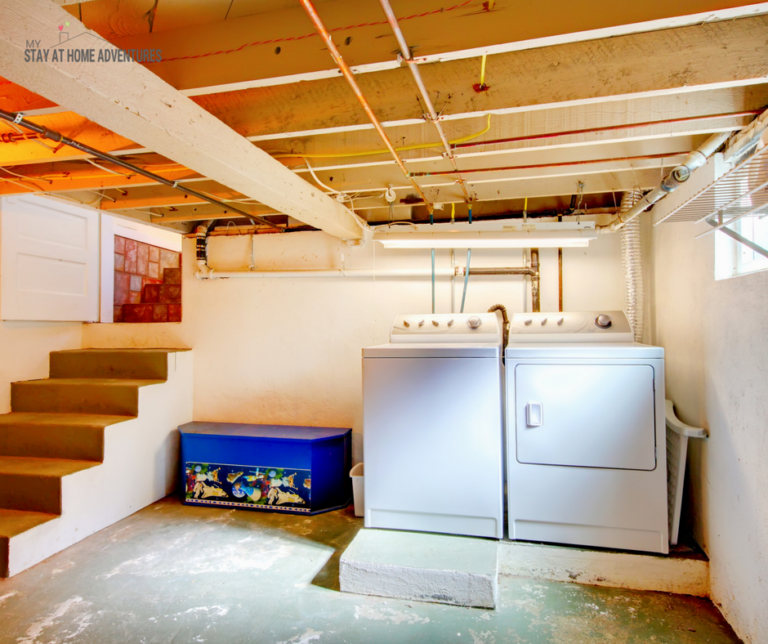How to Clean the Exterior of a House
This post may contain affiliate links which might earn us money. Please read my Disclosure and Privacy policies hereCleaning the exterior of a house is like giving it a new lease on life, making it sparkle and shine for the world to see. But before you start, remember that the only thing worse than a dirty home is a homeowner with a broken ladder. Safety first!
Whether you're tackling years of grime or just freshening up for the season, a thorough clean can transform your home’s appearance. It's not just about aesthetics; it's about maintaining the value and integrity of your biggest investment.
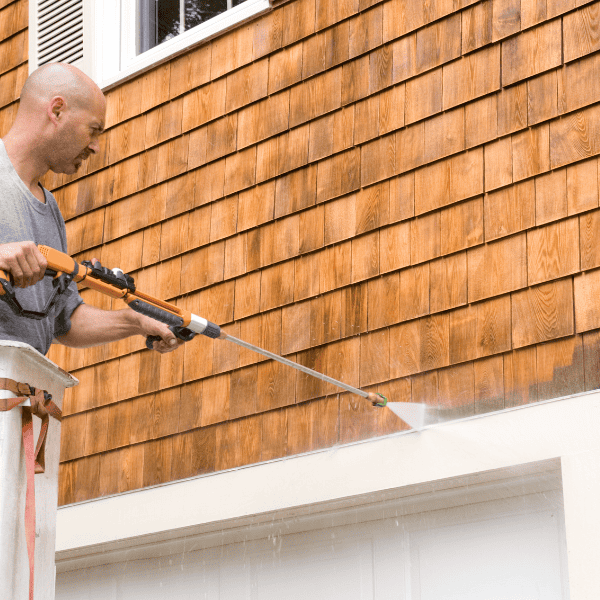
Preparing for a Thorough Exterior Clean
Before diving into the nitty-gritty of exterior cleaning, it’s essential to have a plan. Start by gathering all the tools and materials you'll need, from ladders to cleaning solutions. This preparation phase is the perfect time to inspect your equipment, ensuring everything is in safe working order.
Next, take a walk around your home, noting areas that need special attention. This initial assessment helps in prioritizing tasks and ensures a smooth cleaning process. Remember, a well-prepared homeowner is a successful cleaner.
Safety First: Gear and Precautions
When it comes to exterior cleaning, safety cannot be overstated. Equip yourself with non-slip shoes, gloves, and eye protection. Secure ladders on stable ground and avoid overreaching or leaning too far. Consider the weather; a clear, calm day is best for outdoor cleaning tasks. By taking these precautions, you can avoid common cleaning mishaps.
Assessing Your House’s Exterior Materials
Understanding the materials that make up your home's exterior is crucial. Different surfaces require specific cleaning methods to avoid damage. Identifying whether you have vinyl siding, brick, or stucco is the first step in choosing the right cleaning strategy.
Identifying Vinyl Siding, Stucco, and Brick Surfaces
Vinyl siding is recognizable by its plastic-like appearance and overlapping panels. Stucco, on the other hand, has a textured, plaster-like finish. Brick surfaces are easily identified by their distinctive red, brown, or tan blocks. Each material has unique properties and cleaning requirements, guiding the techniques and products you'll use.
The Fundamentals: Cleaning Exterior Walls
Cleaning your home's exterior walls is foundational to maintaining its curb appeal. Start by removing loose dirt with a gentle brush or blower. For more stubborn areas, a mixture of water and appropriate cleaner applied with a soft brush can work wonders. Always rinse thoroughly with water after cleaning to remove any residual cleaner.
Remember, the goal is to enhance your home's beauty without causing damage. Using harsh tools or excessive pressure can lead to unnecessary wear and tear. Approach each surface with care, considering its material and condition.
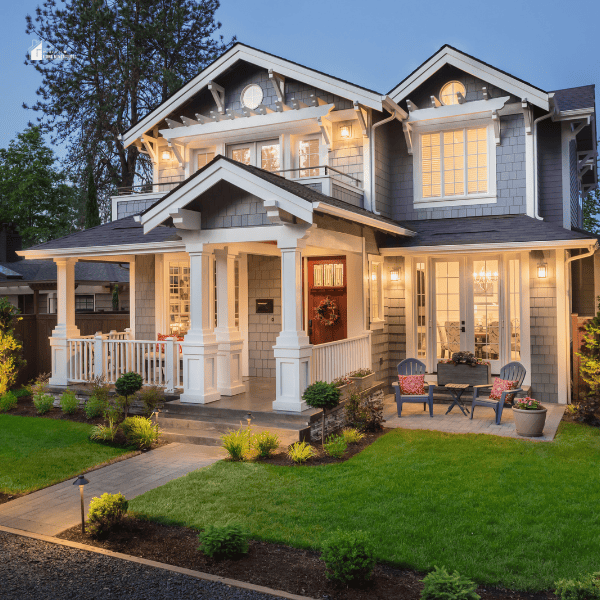
Techniques for Cleaning Vinyl Siding
To clean your vinyl siding effectively, start by rinsing the surface with water to remove loose dirt. Then, using a soft-bristle brush, apply a vinyl siding cleaner, working in sections from bottom to top to prevent streaks. For best results, choose a cloudy day when the siding is not directly in the sun.
Rinse each section with water before the cleaner dries. This method helps avoid leaving residue that can attract more dirt. For tougher stains, a mixture of 70% water and 30% white vinegar can be an effective outdoor cleaner. Remember, gentle and regular cleaning maintains the appearance and longevity of your vinyl siding.
The Proper Approach to Cleaning Brick
Cleaning brick surfaces requires a careful approach to avoid damage. Start with a mixture of bleach and water to tackle mold or mildew. Apply the mixture and scrub gently with a brush to remove dirt while ensuring the siding remains unharmed. Rinse thoroughly with water after cleaning. This method not only cleans but also helps prevent the future growth of mold and mildew.
Maintaining and Cleaning Stucco Walls
For stucco walls, begin by using a pump sprayer to apply water, softening loose dirt and debris. Then, fill any cracks with acrylic caulk to prevent water infiltration. This preventive measure helps maintain the integrity of stucco surfaces.
Beyond the Walls: Comprehensive Outdoor Cleaning
Cleaning the exterior of a house extends beyond just the walls. Addressing light fixtures, windows, and other outdoor features plays a crucial role in the overall appearance of your home. A comprehensive approach ensures every corner shines, reflecting your dedication to a well-maintained home.
Sprucing Up Outdoor Light Fixtures
To clean outdoor light fixtures, start by turning off the power to ensure safety. Remove any cobwebs or debris with paper towels. Next, mix warm water with a few drops of dish soap to create a cleaning solution.
Spray the glass parts of the fixtures and wipe them down with paper towels. Remember to cover electrical components to avoid water damage. This process removes dirt and grime, brightening up your outdoor space.
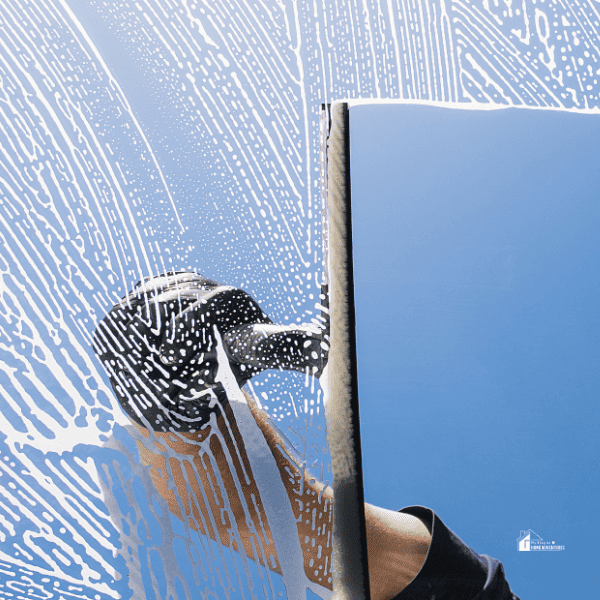
Cleaning and Brightening Windows and Screens
For windows, mix warm water and vinegar for a natural cleaning solution. Dip a microfiber cloth or mop in the mixture and gently clean the window panes, ensuring a dust-free environment. For actual washing, tackle stubborn stains with care, avoiding damage to the glass. This method leaves windows sparkling and clear.
Streak-Free Window Cleaning Tips
To achieve streak-free windows and doors, use a cleaning agent that doesn’t leave residue. Apply the solution with a soft cloth, and then immediately dry the surface with a squeegee. Keeping the glass wet during cleaning prevents streaks and ensures a spotless finish.
Efficiently Vacuuming Window Screens
Using a vacuum cleaner with a soft brush attachment is an efficient way to remove dust and dirt from window screens. This gentle method avoids damage while ensuring screens are clean and clear, enhancing both appearance and functionality.
Dealing with Unwanted Outdoor Elements
Regular maintenance of the exterior involves dealing with dirt and grime that accumulates over time. Addressing these unwanted elements promptly prevents long-term damage and keeps your home looking its best. From light fixtures to pavement, a clean exterior is a testament to diligent upkeep.
For outdoor glass surfaces, a solution of water and vinegar applied with paper towels can effectively remove dirt and grime. Always rinse thoroughly to prevent residue build-up. This simple yet effective approach contributes to the overall cleanliness and appeal of your home's exterior.
Removing Mold, Mildew, and Cobwebs
To tackle mold, mildew, and cobwebs, start by using a garden hose to wet the surface gently. This initial step helps in loosening the grip of mold and mildew on your house's exterior. Next, prepare a mixture of water and a mild detergent or a specialized mold and mildew remover to apply on the affected areas. Use a soft brush to scrub the surface lightly, ensuring you remove all the growths and cobwebs. Finally, rinse thoroughly with the garden hose, making sure no residue is left behind.
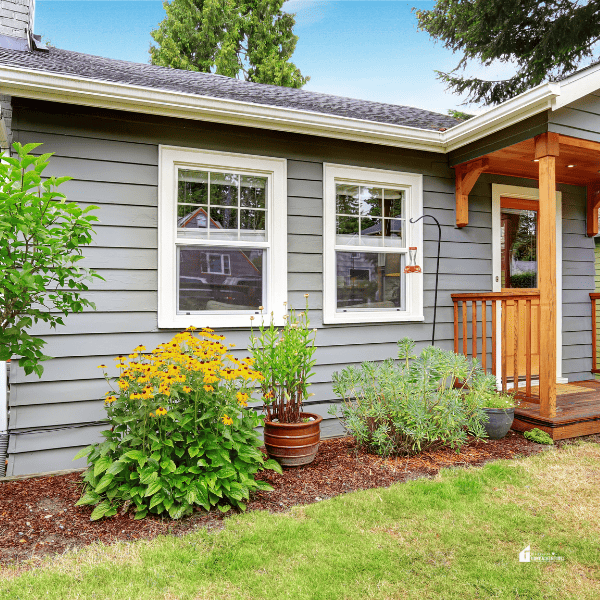
Polishing Metal Features for Added Shine
Polishing metal features such as door handles, light fixtures, and railings can significantly enhance your home's curb appeal. Start by cleaning the metal with a mild detergent solution to remove any dirt or grime. Rinse well with water and dry completely.
Then, use a suitable metal polish, applying a small amount to a soft cloth and rubbing it into the metal surface in circular motions. Buff with a clean cloth for a sparkling finish that repels water and resists fingerprints.
Special Considerations for Various Outdoor Surfaces
Different outdoor surfaces require specific care to maintain their beauty and integrity. From wood-paneled walls that benefit from a gentle vinegar solution, to vinyl siding that can be cleaned with a mixture of soap and water, understanding the material of your exterior surfaces is crucial. Using the wrong cleaning method can damage the surface, leading to expensive repairs or replacements, so always research or consult a professional when in doubt.
Treating Wood-Paneled Walls and Wooden Facades
Wood-paneled walls and wooden facades add warmth and charm to any home but require special care to keep them looking their best. Start by gently washing the wood with a diluted vinegar solution, which effectively removes dirt without damaging the wood.
Rinse the area with a garden hose and let it air dry. For added protection, consider applying a wood sealer or stain that provides a barrier against moisture and UV damage, ensuring your wood surfaces remain vibrant and healthy for years to come.
Refreshing Outdoor Furniture and Cushions
To refresh outdoor furniture and cushions, begin by removing any loose dirt with a soft brush. For the cushions, if they have removable covers, wash them according to the manufacturer's instructions.
For non-removable cushion covers and furniture surfaces, use a mild soap solution and a sponge to gently clean, paying extra attention to any stains or mold spots. Rinse thoroughly with a garden hose and let everything air dry in a sunny spot. This simple care can extend the life of your outdoor living pieces, keeping them inviting and comfortable.
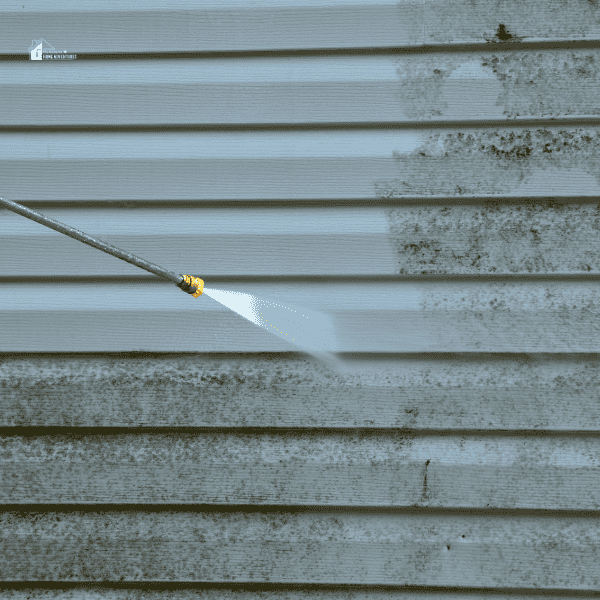
The Role of Pressure Washing in Exterior Cleaning
Pressure washing can be a powerful tool to clean your home’s exterior, effectively removing dirt, mold, and other unsightly stains. However, it's important to know when and how to use it properly.
Start by choosing a pressure washer with the right power setting for your home's surface materials. Use it to spray down walls, driveways, and patios, keeping the nozzle a safe distance from the surface to avoid damage. For the best results, sometimes you may need to scrub the surface with a brush before rinsing the area clean.
Safeguarding Your Home’s Exterior Surfaces
When using a pressure washer or other cleaning methods, it's essential to protect your home's exterior surfaces. Always test the cleaning solution on a small, inconspicuous area first to ensure it doesn't cause damage.
Be mindful of the pressure setting on your washer; too high pressure can strip paint or damage siding. Additionally, avoid directing water upwards under siding panels to prevent water intrusion. Following these guidelines will help maintain the integrity and appearance of your home's exterior.
Selecting the Right Cleaning Solutions
Choosing the right cleaning solution is crucial for effectively cleaning your home's exterior without causing harm. A good cleaning solution removes dirt, grime, and mildew without damaging the surface or surrounding landscaping.
Whether you opt for a commercial cleaner or a homemade mixture, ensure it's suitable for the material you're cleaning. Always follow the manufacturer's instructions for dilution and application to achieve the best results.
Natural Versus Chemical Cleaners
Natural cleaners like baking soda and lemon juice can be effective and environmentally friendly options for certain cleaning tasks. Their natural cleaning power can tackle grime and light stains without the harshness of chemicals, making them safe for use around pets and plants. However, for more stubborn stains or mold, a stronger chemical cleaner may be necessary. Always assess the cleaning task at hand to choose the most appropriate solution.
What to Avoid: Harmful Ingredients
When selecting a cleaning solution, it's important to avoid harmful ingredients that can damage your home's exterior or pose health risks. Some chemical cleaners contain harsh substances that can strip paint, corrode metals, or kill plants.
Always read labels carefully and choose products that are as gentle as they are effective. Opting for eco-friendly or plant-based cleaners can also reduce environmental impact and keep your home safe for everyone.
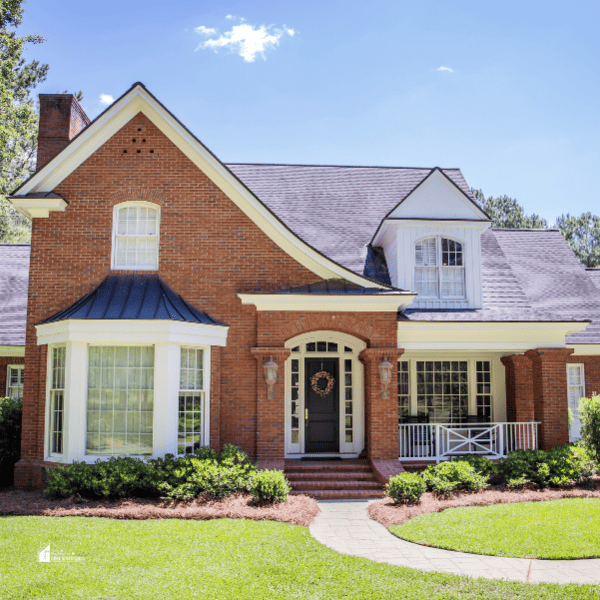
Finishing Touches: Porch, Pavement, and Beyond
After cleaning the main exterior surfaces, don't forget the finishing touches that make your home truly shine. Use a garden hose and a mild cleaning solution to wash down your porch, removing any dirt or debris.
For pavements and patios, a combination of the garden hose, cleaning solution, and a stiff brush can remove stubborn stains. Let the cleaning solution sit for 5 to 10 minutes before rinsing thoroughly for a clean that lasts.
Revitalizing Your Porch Area
To revitalize your porch area, start by sweeping away any leaves or debris. Next, mix a gentle cleaning solution and apply it to the porch surface with a mop or brush. Let it sit for 5 to 10 minutes to loosen dirt and stains, then rinse thoroughly with a garden hose. This simple routine can dramatically improve the look of your porch, making it a welcoming space for family and guests.
Cleaning Pavements and Patios
Cleaning pavements and patios can restore their appearance and prevent slippery surfaces. Begin by removing loose debris with a broom or leaf blower. Then, apply a cleaning solution and use a stiff brush to scrub the surface, paying extra attention to stained areas. Rinse thoroughly with a garden hose, ensuring all soap residue is washed away. Regular cleaning can keep these outdoor areas safe and inviting.
Maintaining the Clean: Preventive Measures and Regular Upkeep
Maintaining the cleanliness of your home's exterior requires regular upkeep and preventive measures. Trim nearby trees and bushes to reduce the amount of leaves and debris that can accumulate.
Clean gutters regularly to prevent water damage and staining on siding. Additionally, promptly address any mold or mildew spots to prevent them from spreading. By taking these steps, you can keep your home looking its best with minimal effort.
The Importance of Regular Exterior Cleaning
Maintaining the cleanliness of your home's exterior is crucial for preserving its beauty and structural integrity. Regular cleaning prevents the buildup of dirt, mold, and mildew that can lead to costly repairs. Moreover, it enhances curb appeal, ensuring your home always looks its best. Establishing a routine for exterior cleaning safeguards your investment and contributes to a healthier living environment.
Troubleshooting Common Exterior Cleaning Challenges
When tackling the cleaning of exterior walls, homeowners may encounter stubborn stains or areas that don't easily come clean. It's essential to approach these challenges with patience and the right techniques.
Using too much force or inappropriate cleaning agents can damage surfaces. Instead, identifying the type of dirt and selecting suitable methods and tools is the key to effective cleaning without causing harm.
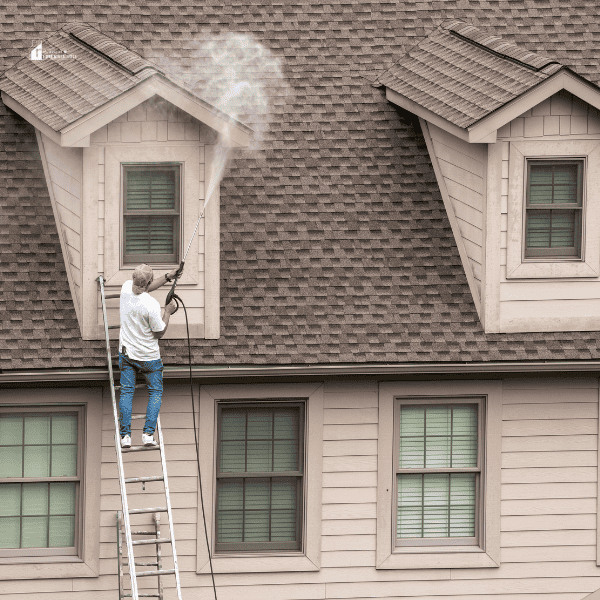
Addressing Stains and Organic Dirt Without Damage
Removing stains and organic dirt from exterior walls requires a gentle but effective approach. For organic growths like mold or mildew, a solution of bleach and water can be used sparingly.
However, for delicate surfaces, softer methods incorporating natural cleaners like vinegar or lemon juice prove beneficial. These alternatives minimize the risk of damage while ensuring the exterior remains pristine and attractive.
Exterior Cleaning FAQs
Many homeowners wonder about the best practices for keeping their home's exterior clean. Deep cleaning should be performed at least annually, but certain cleaning tasks may need more frequent attention.
Natural cleaners, including baking soda and lemon juice, offer powerful cleaning capabilities without the harsh effects of chemicals. They are especially suitable for delicate surfaces, ensuring a thorough clean without the risk of damage.
How Often to Clean the Exterior
Cleaning the exterior of your home should ideally be done at least once a year to maintain its appearance and structure. However, certain factors like local weather conditions and the presence of trees may necessitate more frequent cleanings. Regular maintenance not only boosts curb appeal but also prevents long-term damage, making it a necessary routine for every homeowner.
Easiest Ways to Clean Different Exterior Surfaces
Each type of exterior surface requires a specific cleaning method to achieve the best results without causing damage. Vinyl siding benefits from gentle washing with soapy water, while brick surfaces can handle more vigorous scrubbing. Stucco, being more porous, needs careful attention to prevent water infiltration. Choosing the correct method for each material ensures your home's facade remains clean and intact, enhancing its curb appeal and longevity.
Mastering the art of exterior house cleaning is a fulfilling journey towards maintaining a sparkling home facade. It begins with acknowledging the potential hazards, such as improperly using a spray nozzle or neglecting gutter cleaning, which can lead to issues down the road.
Spring cleaning the exterior of your house should always involve the proper technique, from selecting the right pressure for the spray nozzle to knowing when household bleach can be safely utilized to tackle stubborn dirt. It's not just about removing dust and dirt; it's about preserving your home's beauty and integrity.
Always wear safety gear to protect yourself during house washing, reinforcing the importance of safety in every step. By adhering to these principles, homeowners can effectively clean the exterior of their house, preventing long-term damage and ensuring a welcoming appearance year-round.
